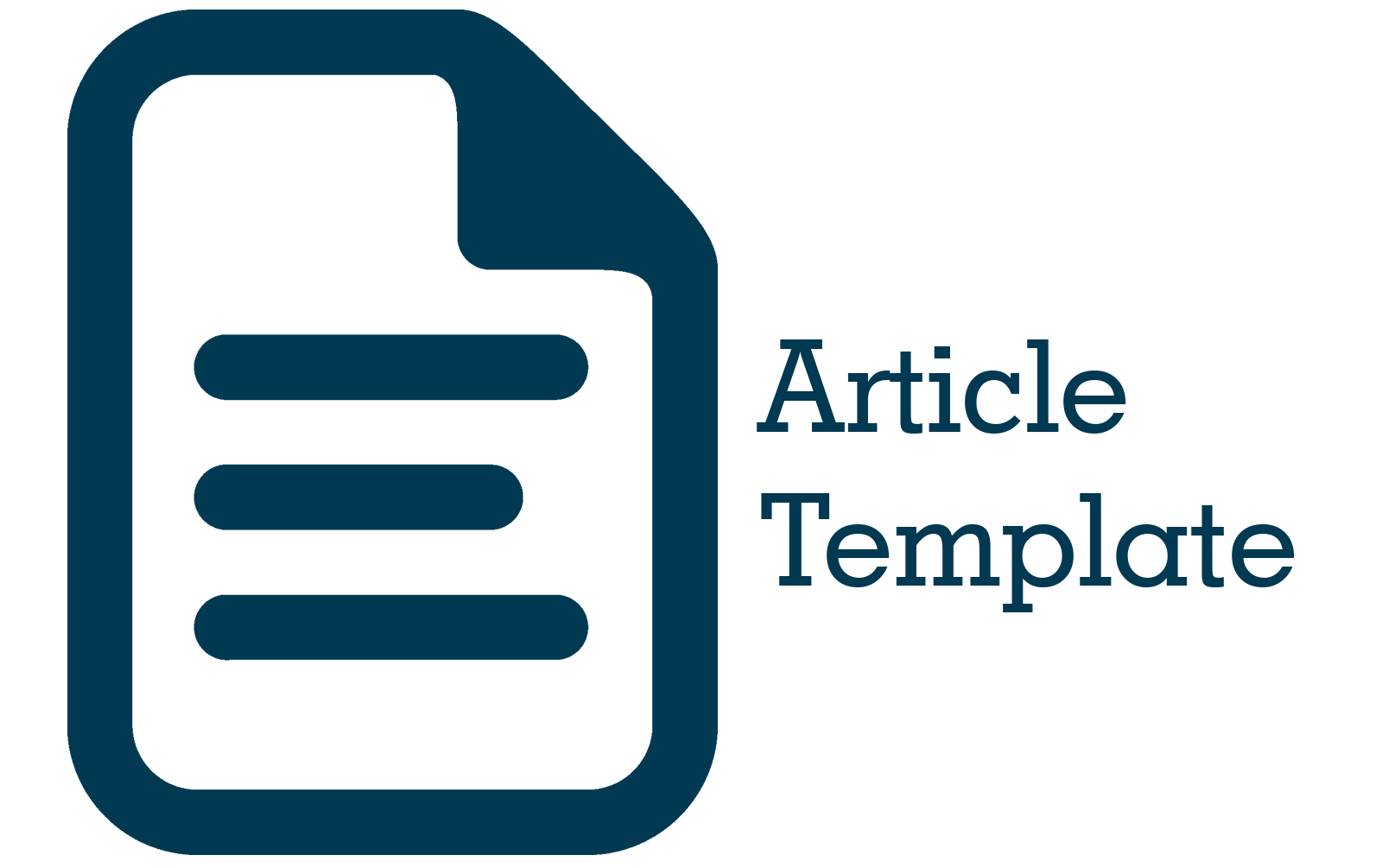Estimasi Parameter Hukum Omori untuk Perhitungan Premi Asuransi Gempa Bumi di Wilayah Jawa Barat
Abstract
Abstract. An earthquake is an event that causes the earth's crustal rocks to release a certain amount of energy that triggers aftershocks. The use of earthquake insurance is one way to mitigate losses due to these events. This article develops an aftershock probabilistic seismic hazard analysis (APSHA) by taking into account the effects of aftershocks using Omori's law method for earthquake insurance premiums. Omori's law has parameters K, c, and p which are estimated by the maximum likelihood method analytically and estimated numerically using the Newtown Raphson method. The seismic hazard value is obtained from the exceedance probability value for the cluster, which requires information on the earthquake location, magnitude, distance to the epicenter and attenuation function using the relationship between earthquake intensity and PGA. From the seismic hazard of Omori's law and the combination of building structure damage data will provide a pure premium for earthquake insurance. The data used in this thesis is secondary data obtained from final project [1]. The total premium to be paid by the insured party to the insurer per year is Rp 62.409.939,31 which compared to MAIPARK insurance practitioners the total premium paid is Rp 2.250.000 where the difference is quite significant with a difference of Rp 60.159.939,31 indicating differences in risk assessment approaches, company policies, and possibly also applicable regulations.
Abstrak. Gempa bumi adalah suatu kejadian yang menyebabkan batuan kerak bumi melepaskan sejumlah energi yang memicu dapat terjadinya gempa susulan (aftershock). Penggunaan asuransi gempa bumi adalah salah satu untuk penanggulangan kerugian akibat kejadian tersebut. Studi ini mengembangkan aftershock probabilistic seismic hazard analysis (APSHA) dengan memperhitungkan efek aftershock mengggunakan metode hukum Omori untuk premi asuransi gempa bumi. Hukum Omori memiliki parameter K, c, dan p yang diestimasi dengan metode maximum likelihood secara analitik dan diestimasi secara numerik menggunakan metode Newtown Raphson. Nilai seismic hazard diperoleh dari nilai probabilitas pelampauan untuk cluster di mana memerlukan informasi lokasi gempa bumi, magnitudo, jarak lokasi ke pusat gempa bumi dan fungsi atenuasi menggunakan hubungan intesitas gempa dengan PGA. Dari seismic hazard hukum Omori dan kombinasi data kerusakan struktur bangunan akan memberikan premi murni untuk asuransi gempa bumi. Data yang digunakan pada skripsi ini adalah data sekunder yang diperoleh dari skripsi [1]. Total premi yang harus dibayar oleh pihak tertanggung kepada pihak asuransi per tahunnya sebesar Rp 62.409.939,31 yang dibandingkan dengan praktisi asuransi MAIPARK total premi yang dibayarkan sebesar Rp 2.250.000 di mana perbedaan cukup signifikan dengan selisih sebesar Rp 60.159.939,31 mengindikasikan adanya perbedaan dalam pendekatan penilaian risiko, kebijakan perusahaan, dan mungkin juga peraturan yang berlaku.
References
A. F. Nurfauzan, “Clustering Probabilistic Seismic Hazard Analysis (CPSHA) Temporal Epidemic-Type Aftershock Sequence (ETAS) untuk Premi Asuransi Gempa Bumi di Jawa Barat,” 2024.
D. P. Utomo and B. Purba, “Penerapan Datamining pada Data Gempa Bumi Terhadap Potensi Tsunami di Indonesia,” Pros. Semin. Nas. Ris. Inf. Sci., vol. 1, no. September, p. 846, 2019, doi: 10.30645/senaris.v1i0.91.
Z. Bahri and M. Mungkin, “Penggunaan SCR Sebagai Alarm Peringatan Dini Pada Saat Terjadi Gempa Bumi,” Teknika, vol. 1099, no. 2598, p. 4, 2019.
Y. Ogata, “Seismicity analysis through point-process modeling: A review,” Pure Appl. Geophys., vol. 155, no. 2–4, pp. 471–507, 1999, doi: 10.1007/s000240050275.
S. Angnitha Purba, “Estimasi Parameter Data Berdistribusi Normal Menggunakan Maksimum Likelihood Berdasarkan Newton Raphson,” J. Sains Dasar, vol. 9, no. 1, pp. 16–18, 2021, doi: 10.21831/jsd.v9i1.38564.
A. Deniz, “Estimation Of Earthquake Insurance Premium Rates Based On Stochastic Methods,” Middle East Tech. Univ., p. 277, 2006.
J. W. Baker, “An introduction to Probabilistic Seismic Hazard Analysis (PSHA),” Bak. Res. Gr., pp. 1–72, 2008, [Online]. Available: http://www.stanford.edu/~bakerjw/Publications/Baker_(2008)_Intro_to_PSHA_v1_3.pdf
J. G. Rasmussen, “Lecture Notes: Temporal Point Processes and the Conditional Intensity Function,” pp. 1–19, 2018, [Online]. Available: http://arxiv.org/abs/1806.00221
Y. Ogata, “Estimation of the parameters in the modified omori formula for aftershock frequencies by the maximum likelihood procedure,” J. Phys. Earth, vol. 31, no. 2, pp. 115–124, 1983, doi: 10.4294/jpe1952.31.115.
S. Asanah, “Penerapan Metode Multivariate Credibility Bonus Malus Premium Pada Data Asuransi Kendaraan Bermotor Di Indonesia,” Universitas Islam Bandung, 2023.
I. Iervolino, M. Giorgio, and B. Polidoro, “Sequence-based probabilistic seismic hazard analysis,” Bull. Seismol. Soc. Am., vol. 104, no. 2, pp. 1006–1012, 2014, doi: 10.1785/0120130207.
S. Yaghmaei-Sabegh, P. Shoaeifar, and N. Shoaeifar, “Probabilistic seismic-hazard analysis including earthquake clusters,” Bull. Seismol. Soc. Am., vol. 107, no. 5, pp. 2367–2379, 2017, doi: 10.1785/0120170031.











